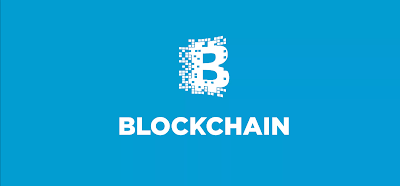Why do frauds crop up in a system? Sounds hackneyed? Maybe,
but the provenance of fraud is pretty premeditated and intrinsic in any society.
Innately frauds are a symptomatic manifestation of diluted accountability,
inefficient compliance system and condescendingly low-slung trust levels in any
institution, be it public or private. The recent unfolding of banking frauds
only corroborates the fact that the lack of transparency, trust and
traceability in banking operations has led to such deafening denigration of
integrity. As media reports suggest, a few low-profile authorities in PNB have
managed to manipulate the system by resorting to alternate means for allowing
free flow of credits to a client who is also a big-time defaulter in debt
repayment. And all these happened without the knowledge of the key
stakeholders. Though sounds gross and sordid a closed system has always been
the epicentre of genesis of frauds.
Now picture this. If the credit disbursement system would
have been distributed or decentralized, trust-worthy, transparent and compliance-ready,
these frauds perhaps won’t have happened during the life time of a bank. Beyond
an idealistic consideration of non-occurrence of frauds, we must converge to an
argument that let fraudsters play their dirty tricks in a system, but the
system should be robust and dynamic enough to transpire the truth to all the
stakeholders associated with the system. Then these frauds could be nipped in
the bud without snowballing into massive swindles. In the light of modus
operandi of frauds in any system, blockchain technology based solutions could
be the de facto measures.
How can blockchain solutions really avert these frauds?
Well, before getting down to brass tacks of fraud management, let’s first
understand what blockchain technology is. Technically, a blockchain is a
decentralized, distributed, digital public ledger that stores records of
transactions across many computers so that no record can be transmuted
retroactively without the amendment of all subsequent blocks and the complicity
of the network. For a layman, a blockchain is a public distributed ledger. It’s
a value-exchange protocol authenticated by mass collaboration over a
peer-to-peer network of computers and distributed timestamping servers. The
central point of blockchain is that it can’t be conned by few authorities
having access to the system. Being a distribute ledger, blockchain thrives on
the mechanism of consensus, which requires all stakeholders (here globally
distributed computers or nodes) to be in collusion. Furthermore, the anonymity
of computers throws the toughest task to hackers or bad actors to mutate the veracity
of data.
Juxtaposed to a centralized system, which is managed by a
select few, a blockchain is distributed and carries the consensus of anonymity.
Each block in a blockchain, which registers valid transactions, includes a
cryptographic hash of the previous block linking the two in the blockchain.
Thus, the current block is linked to the previous block and this iteration is all
the way connected to the genesis of original block. In a sense, blockchain is a
tautology which always converges to the truth. Even separate blocks maybe
produced concurrently, the inherent algorithm of blockchain ensures the
highest-scoring version supersedes the others making the originality of data inviolable.
The orphan blocks are automatically weeded out from the mainstream ensuring the
sanctity of information is kept intact.
While discussing fraud prevention we must not forget the
role of blockchain in immutability of information. A piece of information
validated by collective consensus of stakeholders can’t be altered. This
feature of blockchain prevents counterfeiting of documents. In financial domain
where the complexity of transactions is surreptitiously high with
multi-stakeholder approval processes, blockchain can enviably reduce the
probability of fraud to almost insignificant level.
(This article was originally published by me on LinkedIn Pulse)

No comments:
Post a Comment